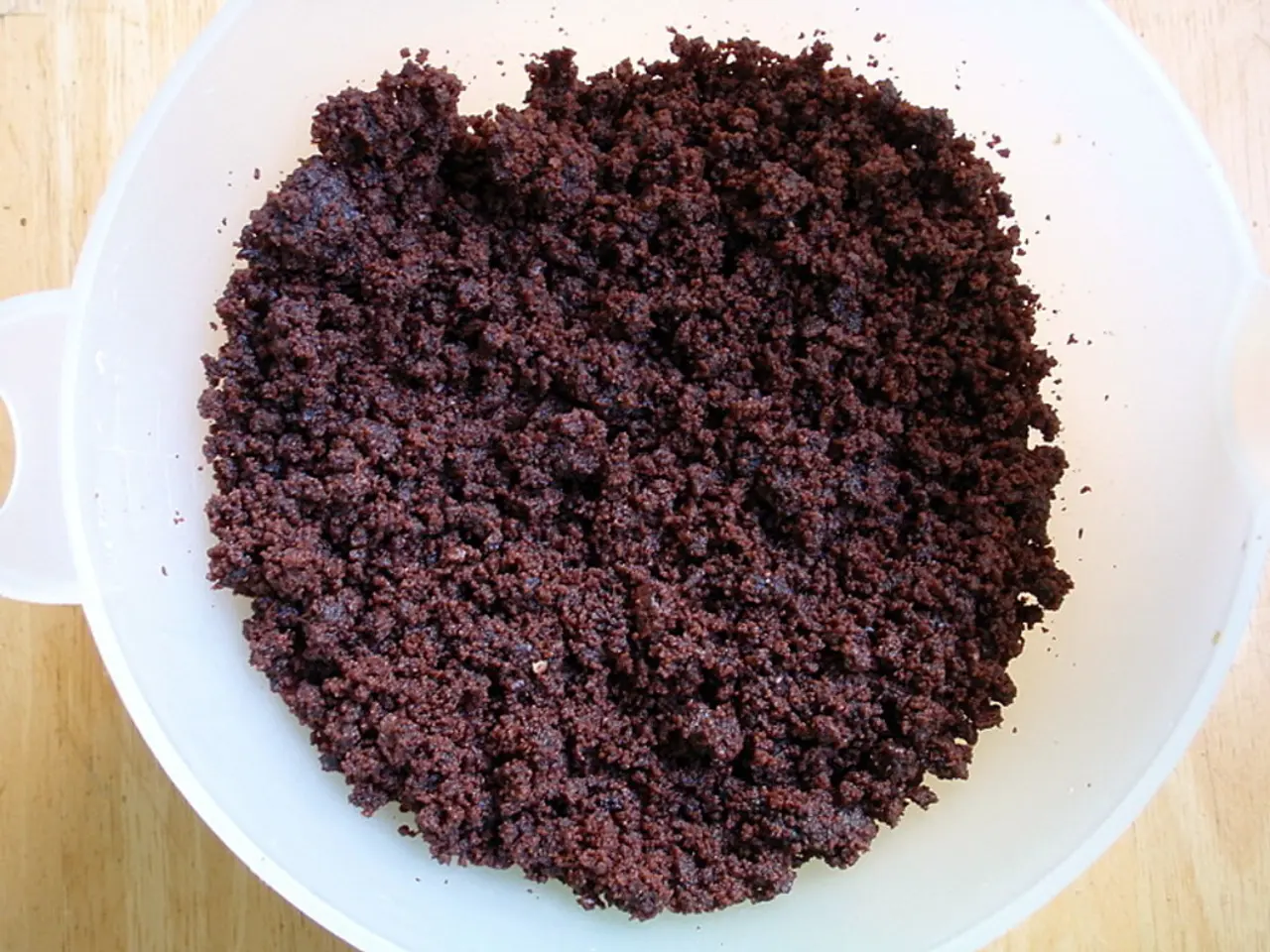Bowel Lesion Biopsy Through the Skin: Procedure, Effectiveness, and Security
In a recent retrospective review of 63 patient records, a series of minimally invasive percutaneous biopsies of the small or large bowel were analysed [2]. The procedure, often employed for diagnosing gastrointestinal lesions, including suspected cancers, was found to be a valuable tool in supporting accurate diagnosis and appropriate treatment planning for bowel diseases.
The key indications for this minimally invasive approach include the evaluation of gastrointestinal tract lesions suspected for malignancy or infection, assessment of submucosal or extraluminal masses, and confirmation of diagnosis before surgery or other treatments [1][3]. By offering direct visualization and sampling of abnormal areas in the bowel wall or nearby lymph nodes, the technique enables the collection of tissue samples for histopathological diagnosis with minimal invasiveness.
Advantages of this minimally invasive method include the ability to perform the procedure on an outpatient basis, avoiding the need for open surgical biopsy, and decreased morbidity relative to surgical options [1]. In this series, fluoroscopic guidance was employed in 3 cases (4.76%) to address instances where ultrasound or CT guidance for percutaneous approach was technically difficult or challenging [2].
The review found that fluoroscopic guidance has been shown to be an effective procedure with few major complications. For instance, none of the patients who underwent Fine Needle Aspiration Cytology (FNAC) developed abscess or pneumoperitoneum [2]. Furthermore, advantages of fluoroscopy include its temporal resolution, allowing needle placement within a lesion to be done in dynamic, real-time [2].
In total, 4 patients underwent FNAC, and the remaining 59 patients had core biopsies. Of the four patients who underwent FNAC, three had positive cytology samples, representing a 75% success rate [2]. In 51 patients, adequate histological samples were obtained from core biopsies, amounting to 86.4% success [2]. However, it's worth noting that in 8 patients, adequate samples could not be obtained or the procedure was abandoned due to technical difficulty in obtaining a safe biopsy [2].
Two patients who had core biopsies had small pneumoperitoneum that resolved spontaneously, accounting for 3.4% of the cases [2]. Thirteen patients had recurrent bowel lesions and required histology for further treatment and molecular analysis [2].
Outlining of the bowel with enteral contrast such as barium or gastrografin allows accurate delineation of the abnormal area for targeted biopsy [2]. In this series, the authors found it helpful to opacify the bowel with such contrast for fluoroscopic-guided biopsies [2].
In summary, minimally invasive percutaneous biopsy of the bowel plays a crucial role in obtaining diagnostic tissue from suspicious lesions detected by imaging or endoscopy, particularly when less invasive endoscopic biopsies are inconclusive or not possible. This technique supports accurate diagnosis and appropriate treatment planning for bowel diseases, including cancer.
The minimally invasive percutaneous biopsy technique, with its high success rate for histopathological diagnosis and low complication risk, has significant value in health-and-wellness, particularly for evaluating and treating medical-conditions related to bowel diseases, such as cancers and infections. By employing therapies-and-treatments like Fine Needle Aspiration Cytology (FNAC) and core biopsies, supported by imaging and contrast agents, doctors can ensure accurate diagnosis and effective treatment planning for these conditions.




